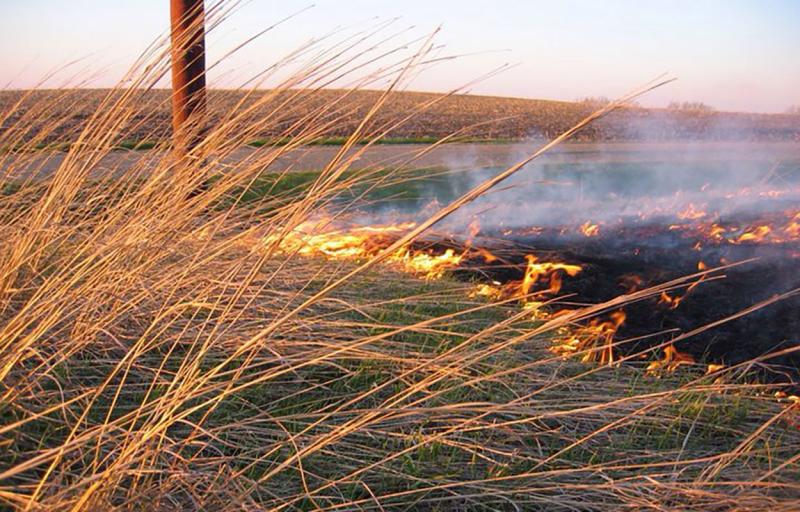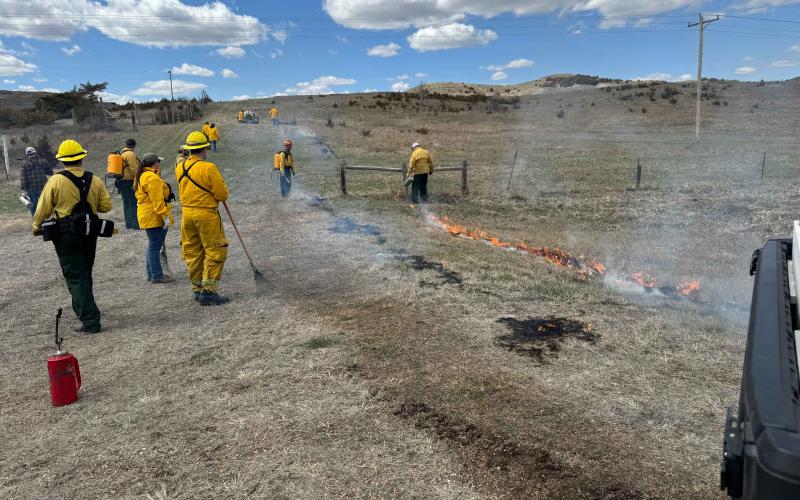
Our native grasslands generally evolved with the three major influences of climate, grazing and fire. While the impacts of climate can be somewhat mitigated, your operation is largely at the mercy of the weather. Grazing and fire, on the other hand, are largely under your control as a manager.
Well-timed fire provides several key services to native grasslands and native grassland plantings including:
- Rejuvenation of the plant community.
- Improved grass and forb expression.
- Nutrient cycling.
- Increased pasture and grassland production.
- Increased seed volume and vigor.
- Increased wildlife habitat.
- Increased flowering, nectar and pollinator habitat.
- Control of invasive species, including exotic grasses and woody shrubs and trees.
- Decreased risk of wildfire.
Even with all its practical benefits, fire can be challenging to implement. In addition, fire effects may be compromised in plant communities that contain invasive species that are either fire-tolerant (such as leafy spurge) or even fire-loving (such as cheatgrass). Further, negative results from poorly timed or unwanted fire in the form of wildfires can have devastating short and long-term impacts to individual operations.
Fire is a tool that, when planned for and implemented appropriately, can have tremendous benefits to your grassland community. Seek professional assistance or guidance from individuals with local experience when considering the use of fire for your grassland management.
The Healthy Grasslands article series is provided by the South Dakota Grassland Coalition in partnership with SDSU Extension. Contributing editors: Alexander J. Smart, Peter J. Bauman and Joshua Lefers. © South Dakota Grassland Coalition 2017. For more information, view the full publication or visit the South Dakota Grassland Coalition website.


